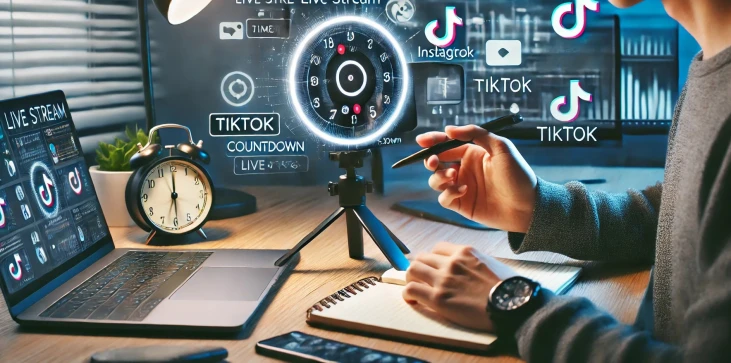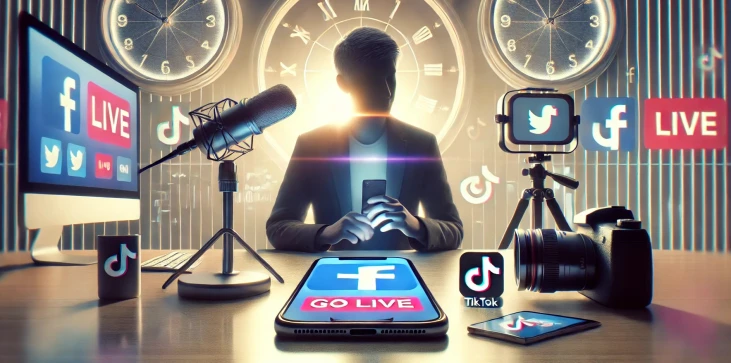
Going live on social media is a powerful way to connect with your audience in real time, foster engagement, and promote your brand or content. But one of the most crucial aspects of a successful live stream is timing. The question, "When can I make live?" can make or break your broadcast’s reach and engagement. Different platforms, time zones, and audience behaviors affect when it's best to go live, and understanding these factors can help you maximize the impact of your content. In this article, we’ll explore how to determine the best time to go live on Facebook, Instagram, and TikTok. We’ll dive into strategies for identifying peak engagement times, understanding platform-specific audience behavior, and adjusting for time zones. Whether you’re promoting a product, hosting a Q&A, or simply sharing content with your followers, this guide will help you optimize your live broadcast schedule for success.
Before deciding when to go live, it’s important to understand your audience. Demographic factors such as age, location, and online habits heavily influence the best time to schedule a live stream. Younger audiences, for example, are more active on social media platforms like TikTok during evenings or weekends, while professionals may prefer midday broadcasts during lunch breaks.
Start by analyzing your platform insights to understand when your followers are most active. Facebook Insights, Instagram Insights, and TikTok Analytics all provide data on follower activity, peak times, and engagement trends. Based on this data, you can tailor your live stream times to coincide with when your audience is online.
Each platform has its unique audience behavior, which affects the best time to go live. For example:
If your audience spans multiple time zones, planning your live streams becomes more complex. You want to avoid times when key parts of your audience may be asleep or at work. Tools like World Time Buddy can help you coordinate times for multiple regions.
A common strategy is to pick a time that works for the largest segment of your audience or to host multiple live streams at different times to accommodate different time zones. Testing and adjusting your live times is crucial to finding the sweet spot for your global audience.
Going live too frequently can lead to burnout for both you and your audience, while not going live enough may cause a dip in engagement. The key is to find a balance and create a consistent schedule that your followers can rely on.
If you're just starting, aim to go live once a week. This gives you enough time to promote each live event and build anticipation. As your following grows, you can increase the frequency, but be sure to monitor engagement metrics to ensure you’re not oversaturating your audience.
Knowing when to make live is one of the most crucial factors in the success of your live broadcasts. Understanding your audience's habits, identifying peak engagement times on each platform, and considering time zones are all vital steps in perfecting your live stream strategy. By consistently going live at the right times, you’ll maximize engagement and grow your audience organically.

You can use platform-specific tools like Facebook Insights, Instagram Insights, and TikTok Analytics to track when your audience is most active. Additionally, apps like World Time Buddy are useful for coordinating times across multiple time zones, especially for a global audience.
Start promoting your live stream several days in advance using posts, stories, or countdowns on the platform. You can also create events or scheduled reminders to alert your followers. Collaborating with other creators for a joint live stream can also boost your audience reach.
Engaging with your viewers through comments and shout-outs is key to maintaining interest during a live stream. Additionally, asking questions, running polls, and hosting giveaways can increase viewer interaction and keep them engaged throughout your broadcast.